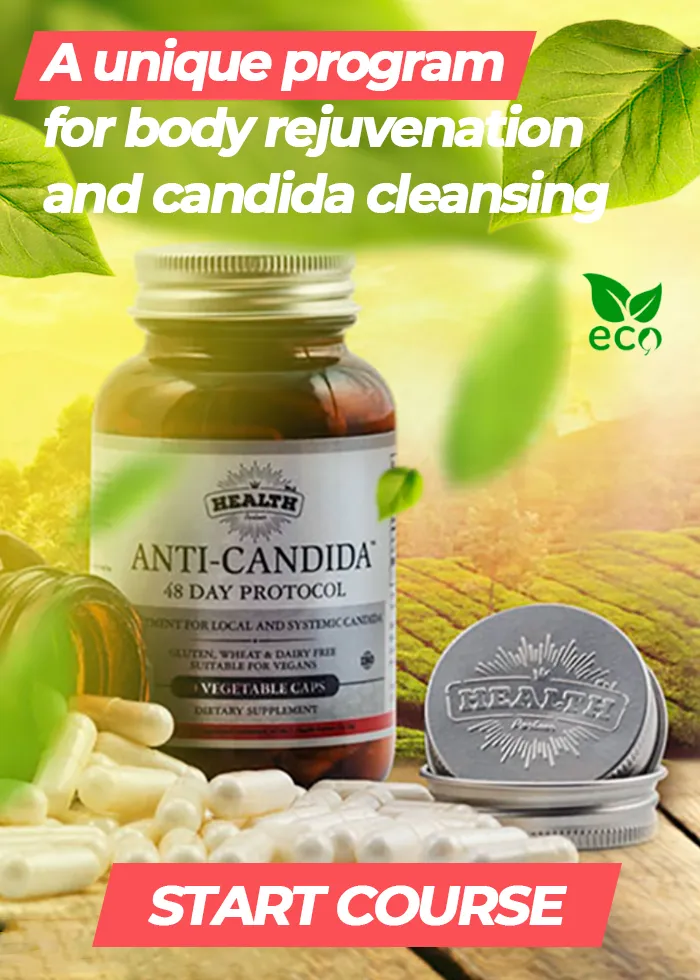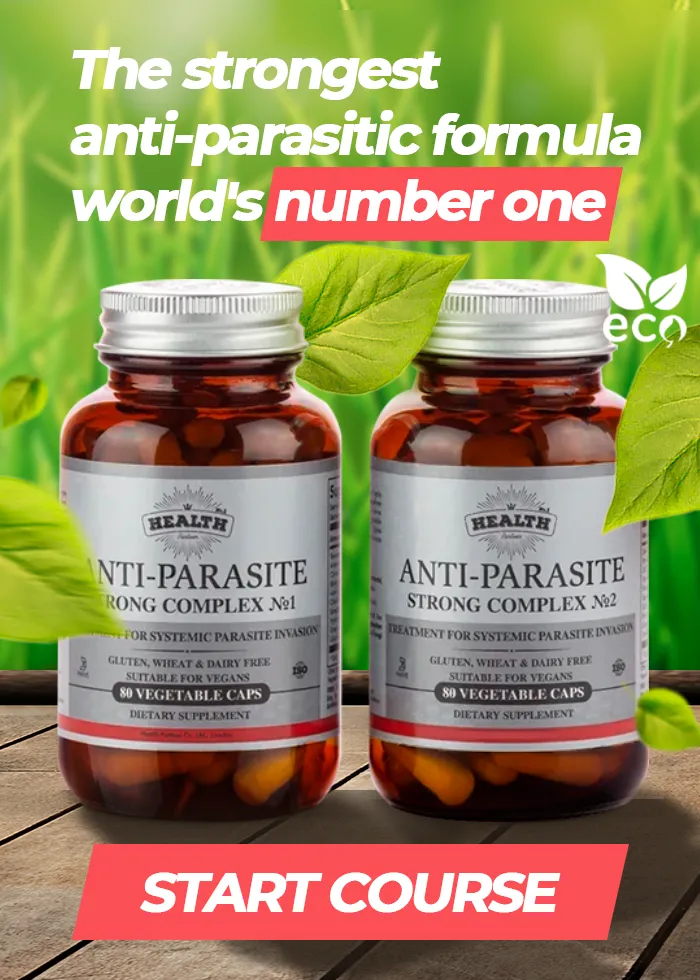Anticandida Probiotics How to choose probiotic?
Chitin synthesis inhibitor - evolution in the t...
The Chitin Synthesis Inhibitor is a substance derived from plant components t...
Read moreAntifungal products, supplements and additives ...
From this article, you will learn about various supplements and products that...
Read moreThe best antifungal probiotics for the "Anti-Ca...
If you evaluate the probiotic supplements available in the global market toda...
Read more«Anti-Parasite» - a powerful remedy for cleansi...
"ANTI-PARASITE" - NEW HIGHLY CONCENTRATED MODERN ANTI-PARASITIC REMEDY. The a...
Read more




